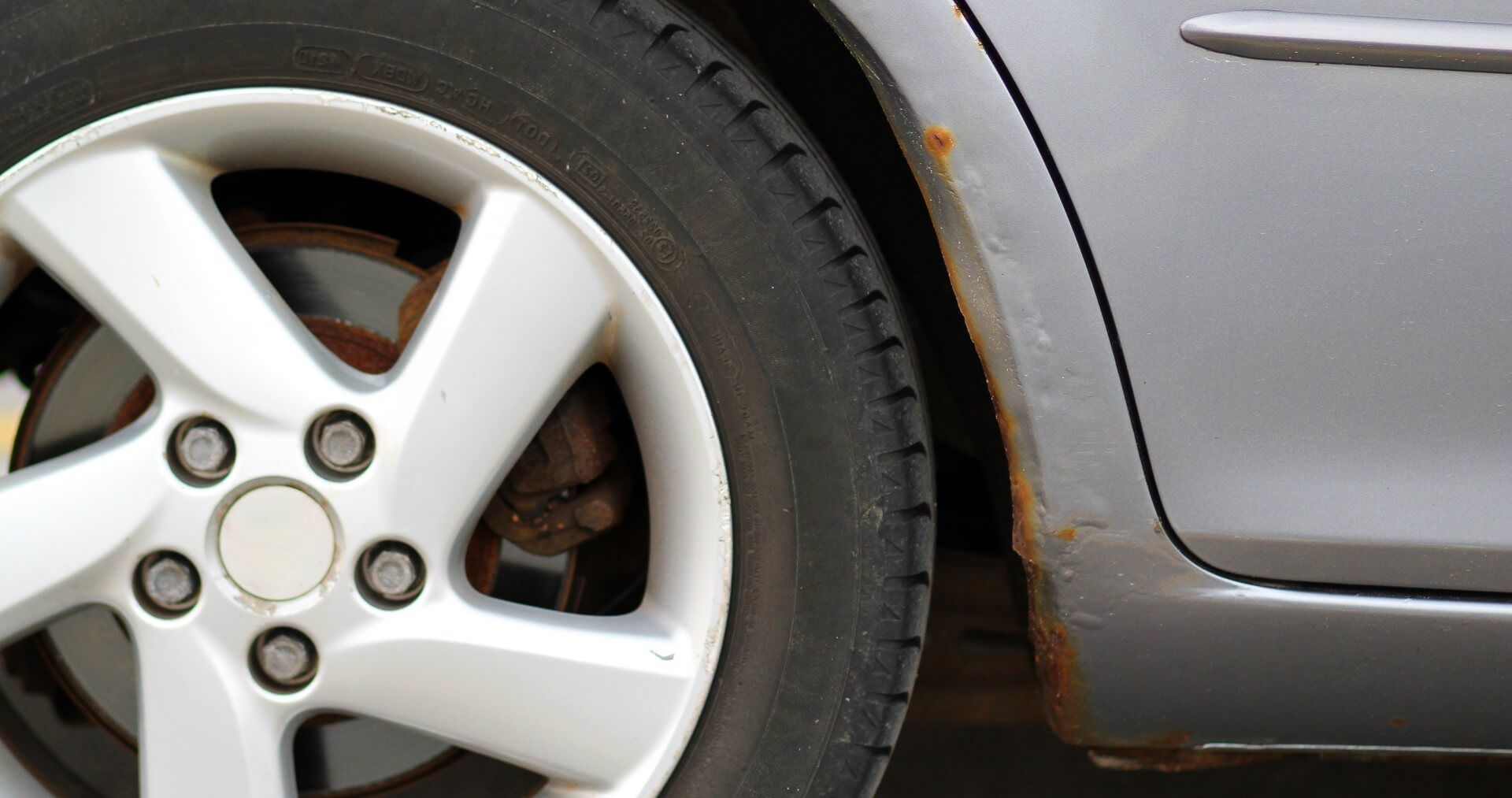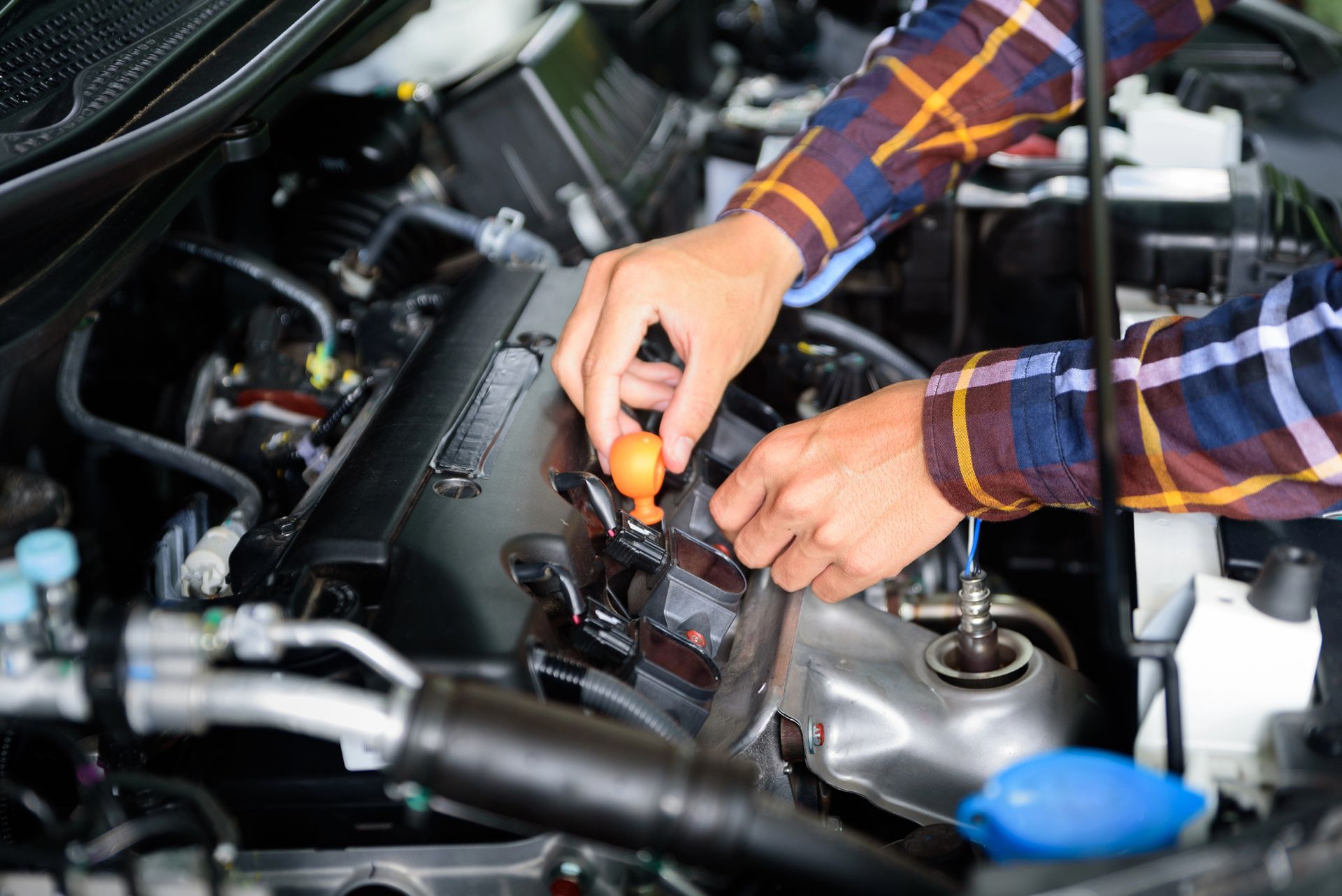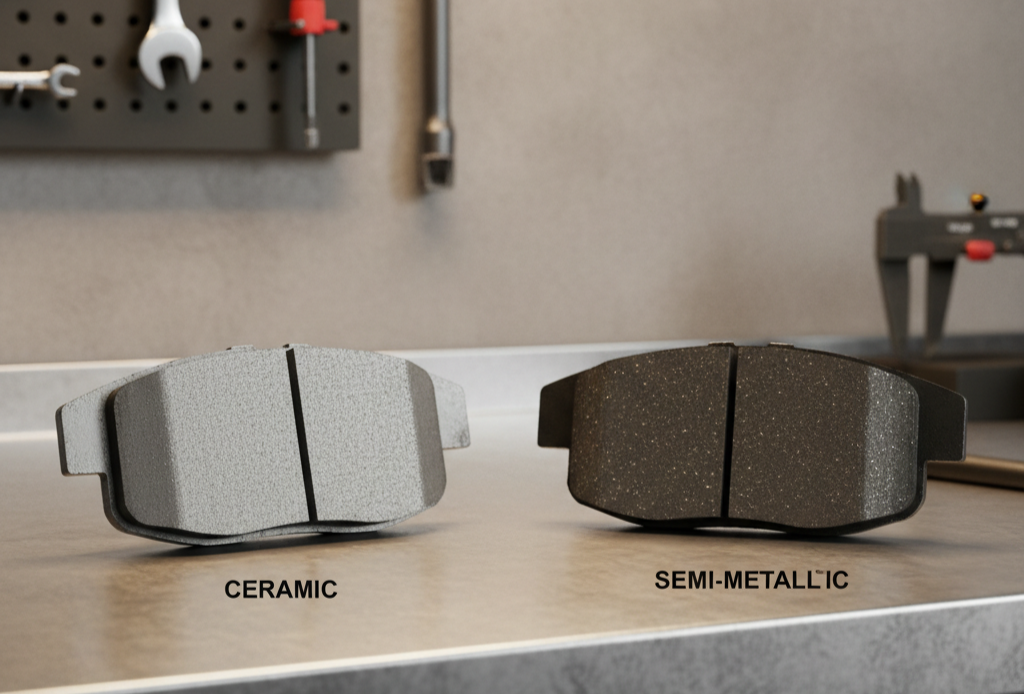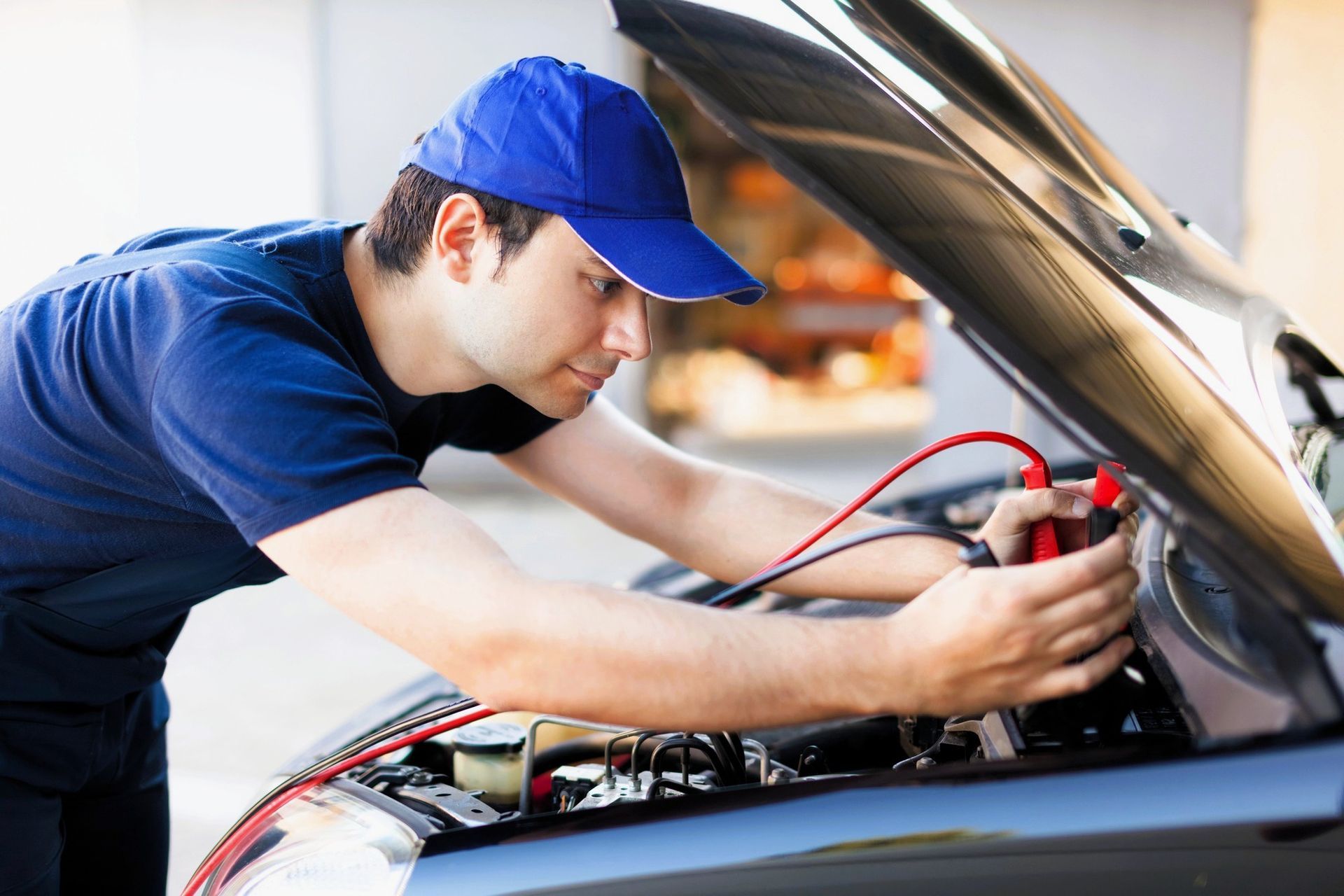How To Repair and Prevent Rust On Your Car
Keep your car looking its best for years to come.

Rust prevention and repair may not be a high priority for you when it comes to car maintenance.
However,
neglecting rust can quickly lead to bigger problems, including structural damage and decreased resale value. Rust occurs when iron interacts with moisture and oxygen, which is why cars in regions with high humidity or frequent rain are more prone to rust.
Regularly washing your car, applying wax or sealant, and addressing any small patches of rust as soon as they appear can help prevent the spread of rust and keep your car looking and functioning its best.
Let's explore the importance of rust prevention and repair for car owners who want to keep their vehicles in top condition for years to come.
Why do cars get rusty?
Rust is an oxidation reaction that occurs when metal - mainly iron and its alloys - is exposed to atmospheric moisture or water.
As the metal reacts with oxygen and water, a red-brown coating of Fe2O3 develops on the surface. This corrosion product, known as rust, tends to flake away from the underlying metal surface, leading to structural degradation over time. As the rust builds up, it can weaken metal parts, compromise car paint jobs and safety features, and reduce the overall value of your vehicle.
There are several reasons why cars can rust, such as being exposed to moisture and oxygen, climate fluctuations, road salt, chemicals or other pollutants in the environment, and lack of proper upkeep. Moisture is one of the most critical factors when it comes to rust formation, as water vapor from humidity or rain can accelerate oxidation processes on metal surfaces.
What types of car rust are there?
The three stages of corrosion typically seen in cars are: surface rust, scale rust, and penetrating rust.
Surface Rust
is the earliest stage of corrosion and is characterized by a red-brown discoloration on the metal surface. Surface rust is formed when metals like iron, steel, aluminum, and iron alloys undergo oxidation. It is crucial to take action against surface rust when it is first noticed because if left untreated, it can rapidly spread.
Scale Rust occurs when the oxidation process has progressed to the point that metal flakes are visible on the surface. This type of rust can easily spread across metal parts and should be addressed with a professional-grade rust converter or remover product.
Penetrating Rust is the most serious form of corrosion and occurs when rust has penetrated through the metal surface. If you notice any patches of surface or scale rust, it's crucial to address them right away to avoid this particular type of rust which can be challenging to repair and cause structural damage.
What car parts are most likely to rust or corrode?
The undercarriage, door panels, hoods, trunks, and wheel wells are all areas of the car that are susceptible to rusting.
Continuous exposure to moisture and dirt from the road makes the undercarriage especially susceptible to rust. Door panels, hoods, and trunks are also prone to rusting since they are typically exposed to moisture from rain or snow. Wheel wells can also be prone to rust if they are not regularly cleaned and sealed properly.
It is important to address any signs of rust on these parts before it progresses further.
How to prevent rust on cars?
To prevent rust and corrosion on your car, it's important to perform regular maintenance. This includes washing your car frequently using a non-abrasive cleaner and water, with extra focus on the undercarriage, wheel wells, and door panels.
After washing, apply a coat of wax or sealant to help protect the finish from moisture and dirt. It’s also important to check for signs of rust on a regular basis, as addressing any patches of surface rust as soon as they appear can help prevent it from spreading further.
These are the steps of the process for fixing small rust spots:
- Sand the rust spot: Use sandpaper to cut through the paint and the rust so you have clean metal to work on.
- Use a rust inhibitor: To prevent further rusting, use a rust inhibitor that converts iron oxide into a moisture-resistant compound. Also known as ‘rust treatment’ and are available in different formulas.
The use of gloves is very important in this step and as much as possible, avoid double-dipping in this solution to avoid cross-contamination between the rust and the treatment. Follow the instructions indicated in the rust treatment product you chose and bought. - Prime and re-paint: Once the spot is dry and ready, you can go to the next step, which is usually covering up the spot with primer and then repainting the rust spot.
To fix extensive corrosion in vehicles, it’s always
best to consult a professional
who’s experienced in bodywork. If car parts are made with a metal that is prone to corrosion, they’re likely to be susceptible to rust.
One of the most telling signs of rust formation in your car is through the paintwork. If bubbles start to form beneath the paintwork – this usually means that rust is beginning to form underneath it. Certain parts of a car, such as the undercarriage and wheel wells, are more likely to develop rust. Taking steps to prevent rust by regularly washing your car, applying wax or sealant, and checking for signs of rust can help keep your car protected and looking great.
If you ever need further assistance and guidance in keeping your vehicles rust-free,
contact us now and we’ll handle all your vehicle needs for you!


